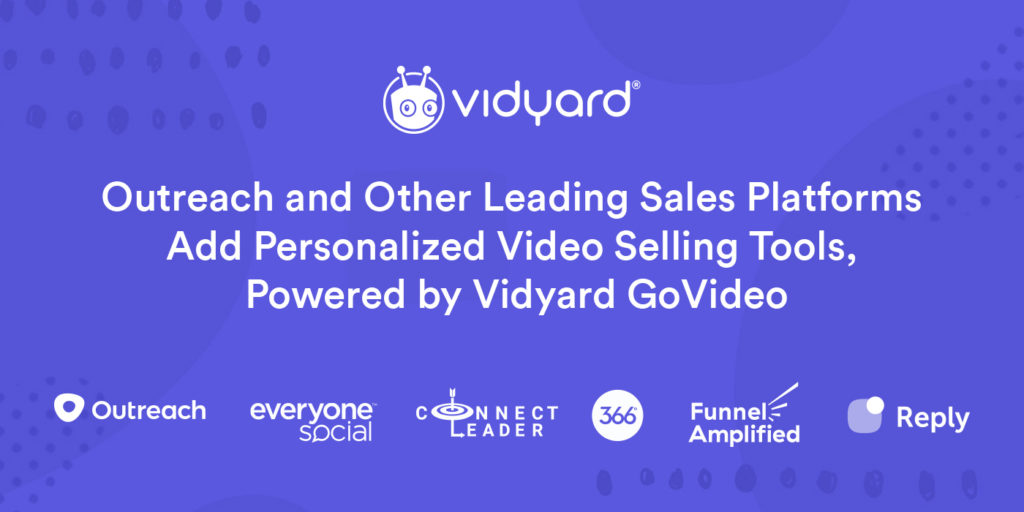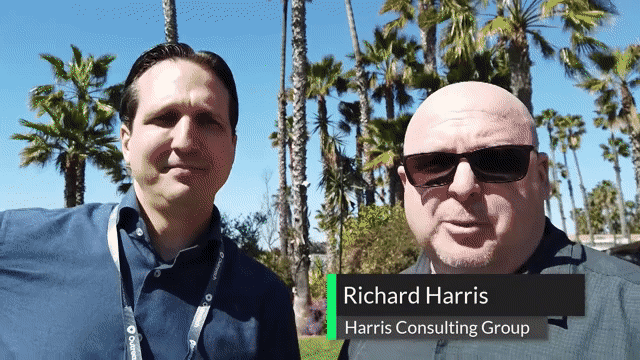Lots of vendors call themselves video platforms, but each do wildly different things for different audiences—from helping beauty bloggers monetize to helping marketers drive leads to helping entertainment execs build streaming services.
Vimeo vs. YouTube for business: which video platform is which and which is best for you? We’ll explain the differences between YouTube and Vimeo—two of the most popular video platforms out there—and tell you more about a third option you may not have thought of: a video platform that’s built for business.
Vimeo vs. YouTube for business: What are the differences?
Each of these platforms is used by different people for different things. YouTube is a social media site that helps viewers discover videos. Vimeo is a video hosting platform for organizing video playlists.
What can be confusing is that there’s some basic feature overlap.
Both platforms allow you to upload videos, measure views, and create playlists. But each platform also does a few important things that the others cannot.
Only YouTube can:
- Recommend your video to 1.8 billion users
- Run pre-roll ads before your video starts playing
Only Vimeo can:
- Help monetize both videos and live streams and reach a paid audience with built-in features
But these two options also have their downsides, chief of which is that they’re a place for all video content, regardless of creator, quality, or intent.
What does a video platform for business offer?
On the flip side, a video platform that’s built for business can offer you a whole lot more. That’s where Vidyard comes into the mix.
Vidyard is a video marketing platform that helps both B2B and consumer businesses drive and measure pipeline and revenue.
Only Vidyard can:
- Integrate with your customer relationship management (CRM) and marketing automation platforms (MAP)
- Capture user-level data
- Score leads or accounts for marketing
- Alert sales reps about views on their videos
- Measure video return on investment (ROI)
- Personalize videos based on CRM data
- Let sales teams send and track videos
- Let support teams send and track videos
- SEO-optimize and transcribe videos
Vimeo vs. YouTube vs. Vidyard: Which one’s right for you?
With so many features to review, how do you choose the right video platform for your business?

Of the three, Vidyard and Vimeo share the most features. Both allow viewers to control the look and feel of their players, but Vidyard is designed to make video useful throughout your entire organization—from marketing to sales to support to HR—whereas Vimeo is oriented towards helping consumer marketing teams monetize their videos to consumers on, say, a smart TV. Many of Vimeo’s features cater to influencers while Vidyard focuses on businesses.
Both platforms allow teams to embed, share, and track videos, and to customize their video player. But only Vidyard integrates with sales and marketing systems, offers ROI analytics, and makes it easy for sales teams to send one-to-one video.
YouTube stands alone in that it’s a social media platform first and a video hosting platform second. A whopping 1.8 billion people go there to watch everything from how-to videos to full movies, comment on content, and interact with other users. It’s built around an algorithm inspired by slot machines and designed to get viewers lost in a vortex of fascinating footage (cue cat video montage).
GIF via GIPHY
Yet for businesses, YouTube has some downsides: YouTube makes money by selling pre-roll ads, content suggestions at the end of videos, and side screen offers. All of which you can’t always control, and which could even be for your competitors. It also limits the data you can view. For companies trying to convert leads and accounts, it provides little insight.
The Bottom Line: While YouTube has a huge potential audience, only Vidyard integrates with sales and marketing systems, and offers ROI analytics. But, you can get the revenue-generating benefits of a video marketing platform like Vidyard and a social network like YouTube by using them together.
Combine Vidyard and YouTube for the win
Vidyard and YouTube make a great pipeline-driving pair. Marketers can upload short teaser videos to YouTube which link back to their website where the full video is hosted by Vidyard (which integrates with your YouTube channel).
This way, marketers hitch a ride on YouTube’s powerful recommendation algorithm, which shows videos to the people who are most likely to enjoy them, and marketers get all the granular data and lead-capturing benefits of Vidyard once viewers land on their website.
When viewers watch a Vidyard-hosted video, you can:
- See how much of the video they watch, and what parts they rewatched
- Trigger actions, such as alerts to the sales team
- Capture leads with post-roll forms
- Score the new lead or account
- Measure the video ROI
For most businesses, a combination of Vidyard and YouTube offers the greatest mix of discoverability and convertibility for turning traffic into pipeline. So, despite tens of thousands of Google searches, the question isn’t “Should I use Vidyard or YouTube?” It’s “How can I best use Vidyard and YouTube together?”
Want to learn more about what an enterprise solution like Vidyard can do? Check out this six-minute demo to learn more!
The post Vimeo vs. YouTube for business—and what you should consider instead appeared first on Vidyard.
from Vidyard http://www.vidyard.com/blog/vimeo-vs-youtube-for-business/

